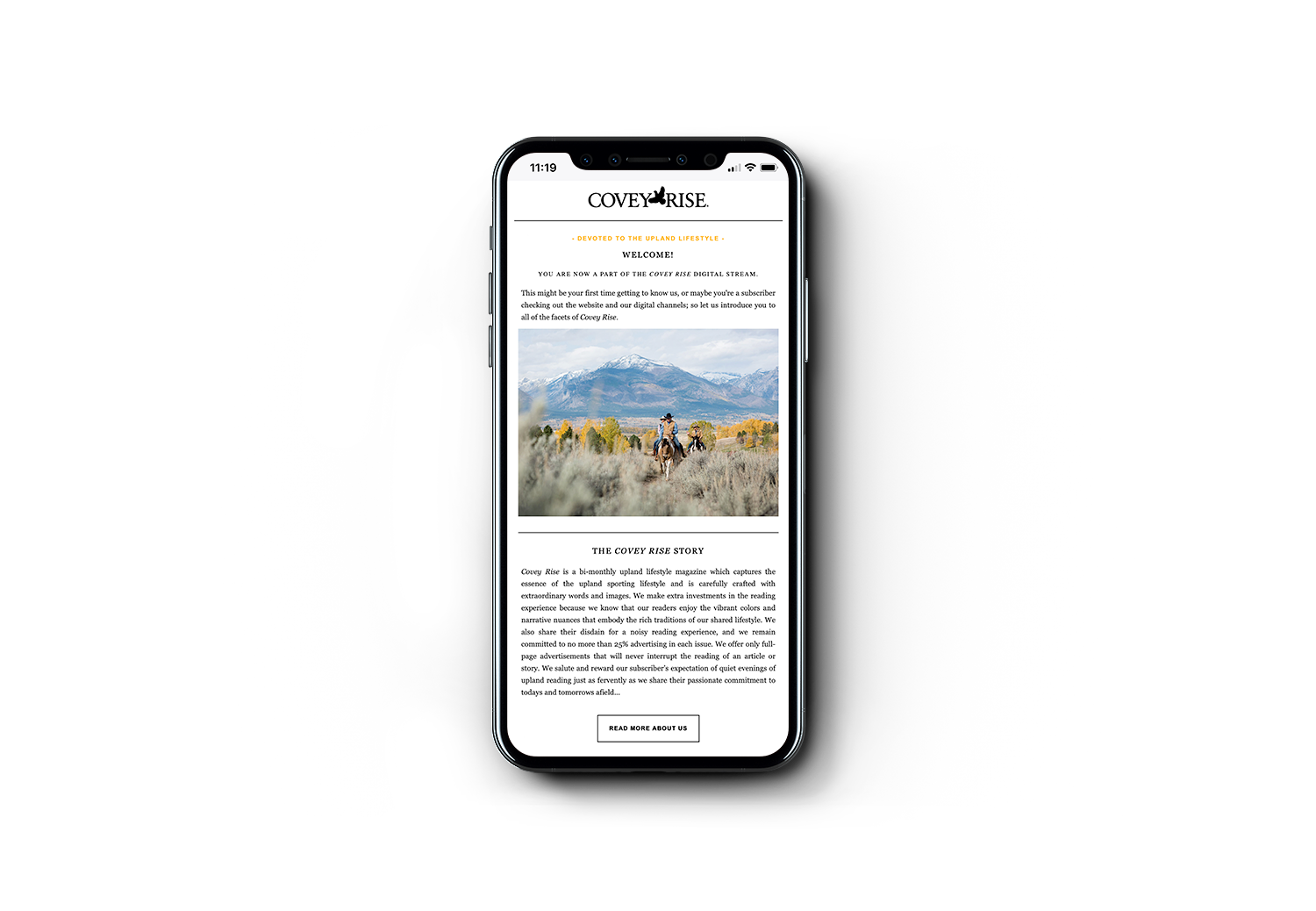"We're here since the 1800s, my family has been," says Frank Riley, executive director of the Chestatee-Chattahoochee Resource Conservation and Development Commission, a nonprofit in Demorest, Ga., that works on land management. "They used to light a fire and just let it burn till it quit, wherever over yonder it quit. Because it kept the forest open. The deer had something to eat. The cattle back then had something to eat because it burned all the briars and bushes."
In 1990, Florida passed a law to encourage prescribed burns, recognizing that the state would lose significant biodiversity without it. After firestorms burned almost 500,000 acres in 1998, the law was strengthened.
Florida set up a certification system for burn managers, also known as "burn bosses," requiring candidates to get special training on weather and landscape conditions for safe burning. With that certification, burners are protected from liability lawsuits in the rare event a burn gets out of control, unless it's shown there was "gross negligence" on their part.
In total, 11 Southern states have burn manager certification programs. As a result, controlled burning has become part of the social fabric.
"The city embraces the natural areas that surround it," says Morgan Varner, director of fire research at Tall Timbers, a research station and land conservancy in Tallahassee, Fla. "They love the green space and they associate that with the burning that takes place. So there's a bit of a social license that has to be reborn or restored in the rest of the country that's really not present."
Varner says many private landowners burn every other year, usually in the spring. As long as the weather and wind conditions are safe, burn bosses can get a required permit in 15 minutes over the phone. In Western states, prescribed burn planning can take weeks or even months in some places.
"People don't just accept it there — they look for it," says Crystal Kolden, a fire scientist at the University of California, Merced. "They demand it, because they know how important it is for maintaining those landscapes."
Western states have a long way to go
Florida has done prescribed burns on more than 1.6 million acres so far this year. California has only burned around 35,000 acres. The state is 2.5 times larger than Florida.
California recently signed an agreement with the U.S. Forest Service to reduce vegetation on 1 million acres of public lands, but the goal is still out of reach. Experts estimate that tens of millions of acres need addressing statewide, but lack of funding, personnel and political will has limited the work on public lands. |




